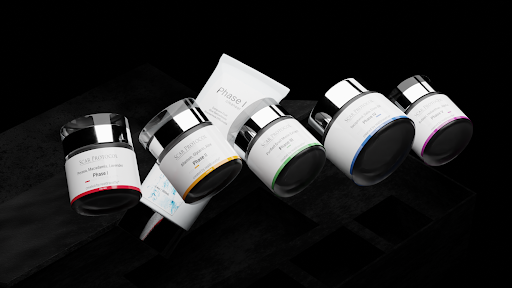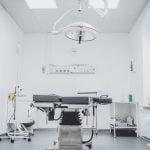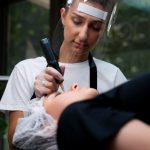After having a surgical procedure, self care becomes an important tool during recovery. While the initial needs will focus on rest and managing side effects, the latter part of recovery will include skincare to address scarring. Beginning scar treatment as early as possible is the best way to promote discreet scars that blend into your skin.
Scar Protocol is a skincare regimen designed to help treat the appearance of scars following surgery. An entire year treatment with five phases, Scar Protocol aims to treat each stage of healing to help address common concerns patients have about their scarring during recovery and following it. Here’s your essential guide to post-surgery skin care.
Phase I
Phase I of Scar Protocol consists of a gentle cleanser and scar cream. Typically, Phase I commences between one week and four weeks after surgery depending on the surgery and initially healing of the scar. The cleanser helps prevent bacteria and pollutants from staying on the surface of the scar. The Phase I scar cream contains soothing ingredients such as aloe vera and Vitamin E that help soften the scar and surrounding skin. It may also help reduce redness. Phase I is used for one month.
Phase II
Phase II of Scar Protocol begins after use of Phase I ends. It consists of a scar cream containing ingredients such as aloe vera to continue soothing the area. However, it then contains allantoin which is subtly harsher to begin resurfacing and exfoliating the scar gently. The mixture of ingredients aims to gently begin the process of making the scar appear more discreet without major irritation to the skin. Phase II is used for two months.
Phase III
Phase III of Scar Protocol contains the holy grail of skincare ingredients: purified snail mucin. Snail mucin is gentle and moisturizing, but also known to have some healing properties. Phase III is key to the Scar Protocol regimen and can often be used alongside later phases if necessary. Phase III is used for two months.
Phase IV
Phase IV includes a larger amount of Vitamin E and moisturizing natural oils such as coco oil. Meant to be massaged into the skin, Phase IV helps maintain and promote the integrity of the scar while keeping the skin around it healthy and moisturized. It is important to continue keeping the scar out of the sun and applying sunscreen if it is impossible to prevent sun exposure. Sun damage is one of the top causes of extremely visible scarring. Phase IV is used for three months.
Phase V
Phase V contains retinol which is often used as an anti-aging agent in skincare. However, it can also help minimize the appearance of scars by removing layers of skin from the surface of the scar. It does this gently and usually comes with little skin irritation, though mild irritation is normal. At this point, the scar should be well healed over, but may still be pigmented or noticeable which the retinol can help with. Phase V also contains various moisturizing components that may help reduce the chances of irritation. Phase V continues for the final two months of Scar Protocol.
Conclusion
Scar Protocol is the gold standard of post-surgery skincare. Scarring can be stressful and is an unnecessary worry when recovering from a surgical procedure. Scar Protocol helps alleviate these worries. With a customizable regimen, Scar Protocol is unique and tailored to each individual person.







